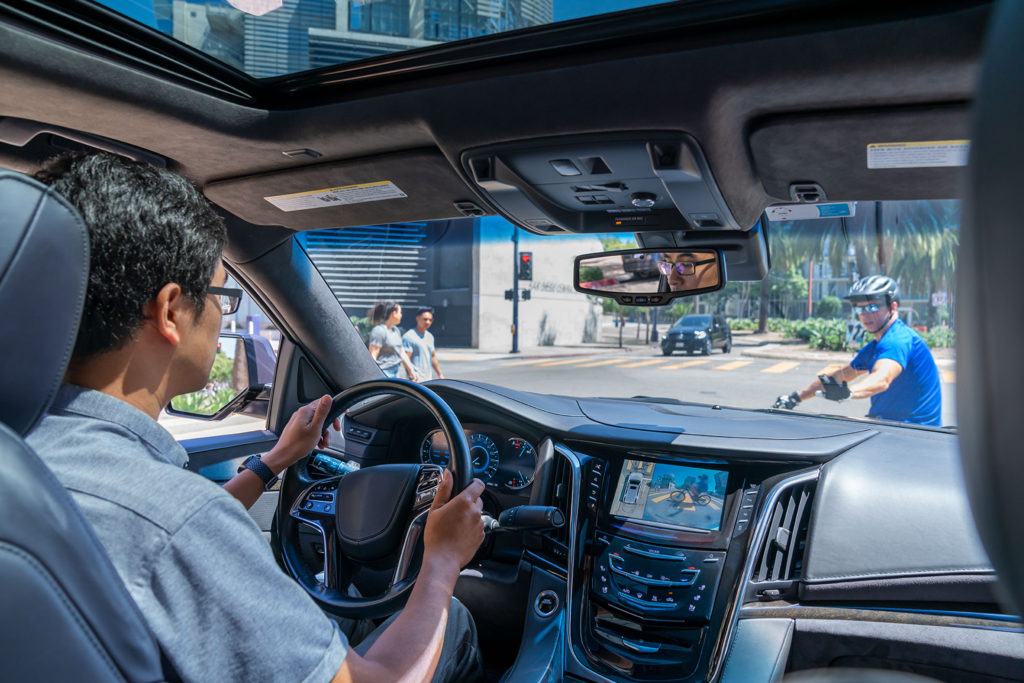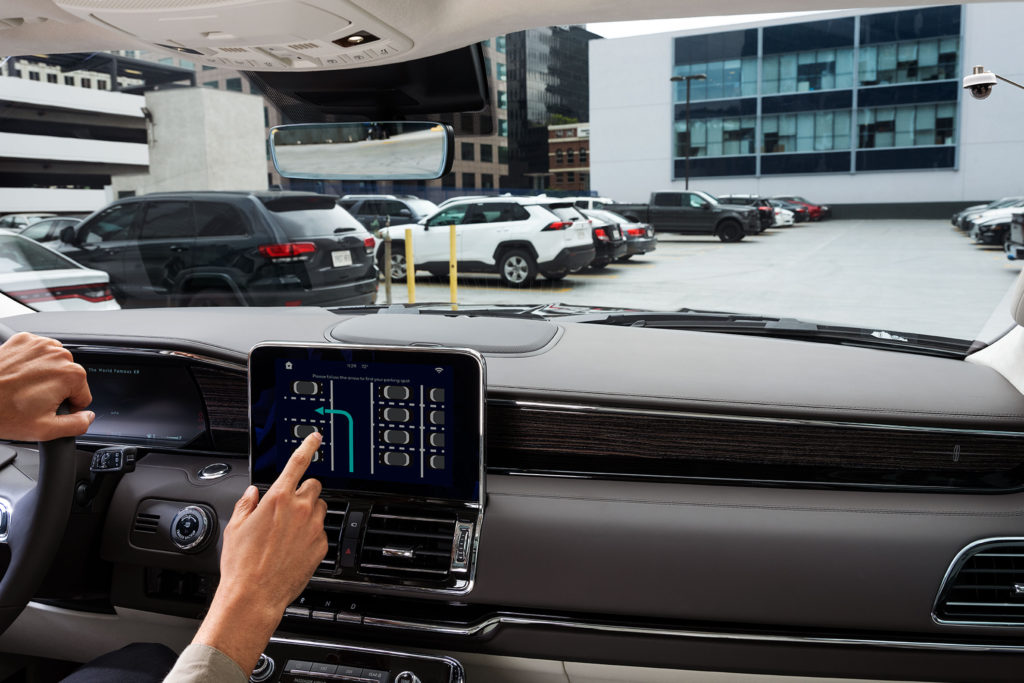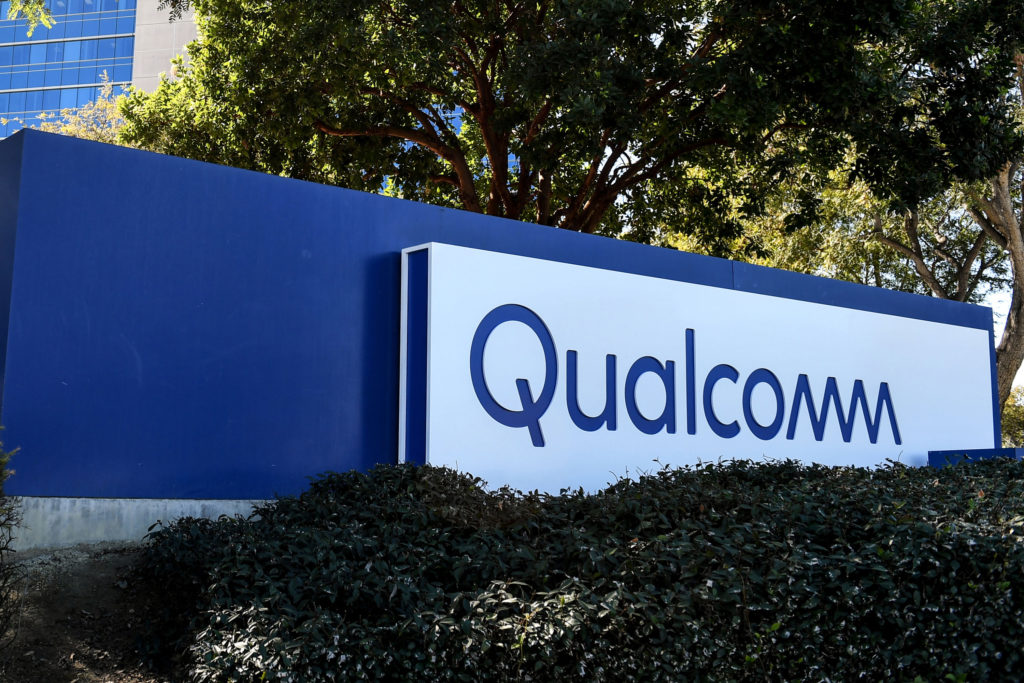Roadway fatalities and injuries are a major issue. The World Health Organization estimates that traffic crashes result in nearly 1.3 million preventable deaths and some 50 million injuries around the globe every year, absolutely staggering figures. If anything can be done to lower – or ideally prevent – these casualties it should be implemented. One technology that can save the lives of all roadway users, not just drivers, is called vehicle-to-everything communication, or V2X for short. This is something Qualcomm and Commsignia are working on pushing forward, and the technology was demonstrated on public streets at CES 2023.

V2X communication is a challenging subject, both from technical and regulatory standpoints, though the name at least is perfectly descriptive. V2X means exactly what it says: In the not-too-distant future, your car or truck may have the ability to seamlessly communicate with other vehicles, intersections, cyclists and even pedestrians. By having an interconnected web of roadway users, you can dramatically improve safety for all parties involved.
Demonstrating some of what V2X communication is capable of, Qualcomm drove media around on a predetermined route in a specially equipped shuttle bus. On this loop, certain intersections had been fitted with V2X hardware, which communicated with the bus. Tablet computers allowed participants to visualize what sort of messages the intersections were transmitting. As Jim Misener, senior director of product management and global V2X ecosystem lead at Qualcomm, said in an interview with EV Pulse, “You saw a vision … of how safety communications can save lives on American roads.”
SEE ALSO: Five future technologies that promise to improve EV range
One important thing V2X communication can do is warn you when a traffic light is about to change, so you can accelerate or stop to avoid running a red light and potentially causing a crash. Green signals can also be given to approaching ambulances, fire trucks or other emergency vehicles, and city buses can even be given priority if they’re approaching an intersection and the light is about to change. Additionally, if cyclists or pedestrians are on or near the road, they can alert approaching vehicles of their presence, so drivers, or even autonomous vehicles take appropriate precautions.

Improving roadway safety is the No. 1 concern, but beyond that, V2X communication can make driving easier. When your vehicle knows the signal phase and timing, it can encourage you to maintain a certain speed, so all the lights are green as you approach. V2X technology can also share roadway condition or weather information, so, for instance, other motorists know if there’s black ice ahead. In the future, this form of communication may also make paying road tolls easier, and it can even improve vehicle efficiency and emissions by reducing idle time.
WATCH THIS NEXT: Innovative new tech from Symbio boosts hydrogen fuel cell life by 20%
The benefits offered by V2X communication are myriad, but there are several significant hurdles holding the widespread adoption of this technology back. One, and perhaps most obviously, for this to deliver the full benefits it’s capable of, every car, truck, bus, bicycle, pedestrian and intersection needs to be fitted with transmitting hardware that can share accurate location data while working within a limited sliver of the broadcast spectrum, around 5.9 gigahertz frequency, Misener noted. This won’t be easy nor is it likely to be cheap. Beyond that, all the stakeholders involved need to get on the same page, and this includes the government. As Misener explained, “There’s some regulatory headwinds. We’re close to overcoming them, but basically, we need the FCC (Federal Communications Commission) to grant waivers to the joint waiver applicants … and then an FCC final rule. Once you do that, things open up [and you] have many more stakeholders that are willing to deploy.”

Vehicle-to-everything communication is something we’ve heard about for a number of years now, but unfortunately, it’s still not quite ready for prime-time. The government needs to get its act together and we need a critical mass of hardware out in the real world. Of course, the dream is that someday in the not-too-distant future V2X communication will eliminate roadway fatalities by reducing crashes. As Misener said “… safety is our Northstar. And I heard that when I was a younger man, and I still abide by that.”
Updated (1:20 p.m. Eastern, 1/17/2023): Corrected the misspelling of Jim Misener’s last name
